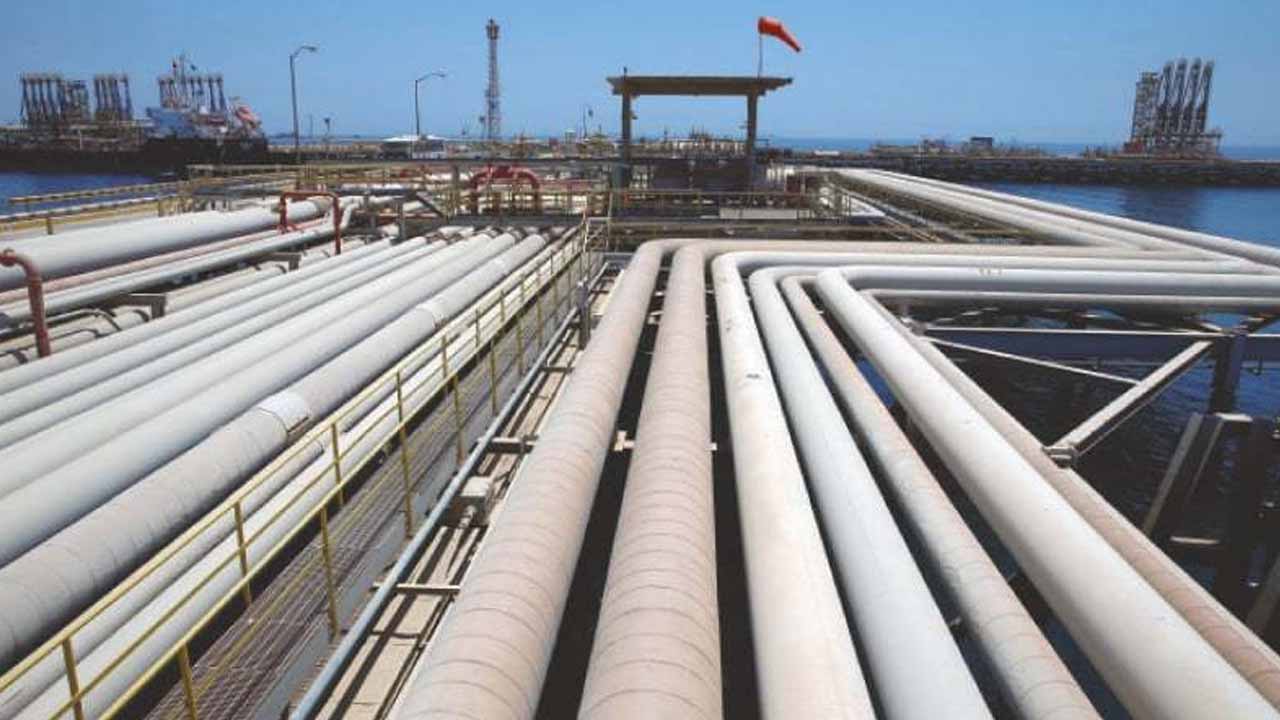The Sindh province in southern Pakistan has been found to have gas reserves, according to a petroleum exploration and lease business located in Islamabad, which will “positively contribute” to bridging the gap between the country’s energy demand and supply from domestic resources.
The majority of Pakistan’s imports are made up of oil and gas, and the cash-strapped South Asian nation has been struck by widespread gas outages as a result of numerous unsuccessful attempts to purchase gas on the pricey international spot market.
According to Bloomberg, Pakistan tried to negotiate a long-term agreement at more affordable terms, but nothing came of it. Additionally, local media has stated that oil supplies are still precarious because it is difficult to pay for imports.
The Mari Petroleum Company Limited, an integrated exploration and production firm running the nation’s second-largest gas reservoir, said in a statement shared with the Pakistan Stock Exchange (PSX) on Monday that it had discovered reserves in Sindh’s Ghotki district as a result of its exploratory efforts.
In a statement, Mari Petroleum Company Limited (MPCL), the operator of Mari Development & Production Lease (Mari D&PL) with a 100 percent working interest, announced that it had made a gas discovery at the Mari Ghazij-1 Exploration Well, drilled in Mari D&PL, which is situated in District Ghotki, Sindh Province.
“The said discovery in Mari D&PL shows the commitment of MPCL to exploit the hydrocarbon (HC) potential of the Lease and aggressive exploration strategy. It has opened a new avenue and will positively contribute to mitigating energy demand and supply gap from indigenous resources and will add to the hydrocarbon reserves base of MPCL and the Country.”
An important Pakistani exploration and production company, Oil & Gas Development Company Limited (OGDCL), revealed the finding of oil and gas deposits in the Sindhi area of Sanghar last month.
With the coming of winter, Pakistan’s gas shortages always worsen. Pakistan requires 4.1 billion cubic feet of gas per day, with winter consumption reaching a peak of about 4.5 bcfd compared to the country’s 3.22 bcfd production. LNG imports are used to fill the gap.
Since seven years ago, Pakistan has been importing LNG. However, once demand in Europe climbed, driving Islamabad out of the market, the price of the commodity on the international spot or short-term market increased from the lows of $2 per million British thermal units in 2020 to the high of $57 in August.





